Home>Furniture & Design>Interior Design Trends>How Much Fire Glass Do I Need
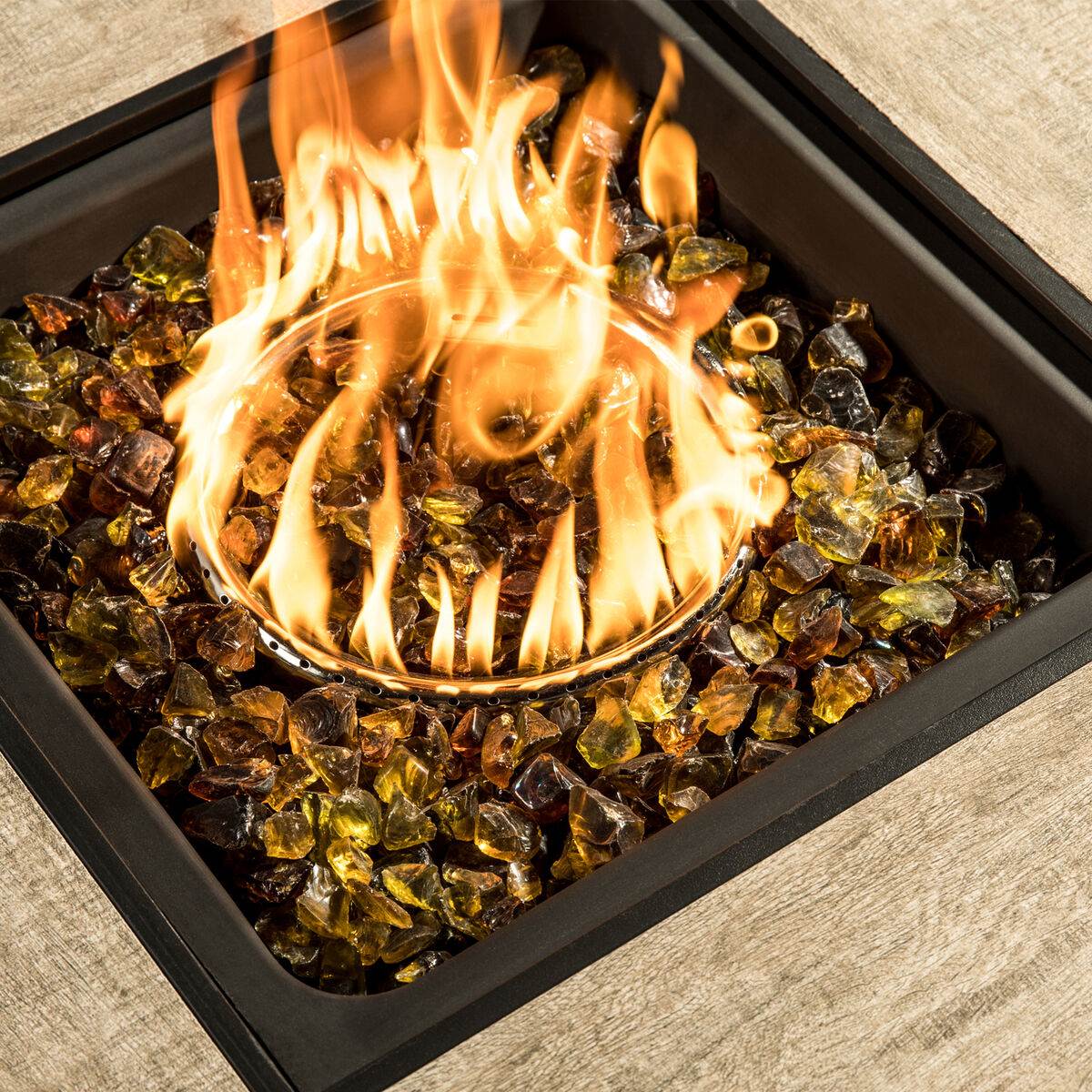

Interior Design Trends
How Much Fire Glass Do I Need
Modified: February 18, 2024
Discover the latest interior design trends and find out how much fire glass you need for your next project. Create a stunning and functional space with the perfect amount of fire glass.
(Many of the links in this article redirect to a specific reviewed product. Your purchase of these products through affiliate links helps to generate commission for Storables.com, at no extra cost. Learn more)
What is Fire Glass?
Fire glass, also known as fireplace glass or fire pit glass, is a type of tempered glass that is specially designed for use in fire features such as fire pits, fireplaces, and fire tables. Unlike traditional fire media like logs or lava rocks, fire glass is manufactured to withstand high temperatures without burning, melting, or producing smoke. It is available in a wide array of colors, shapes, and sizes, making it a versatile and aesthetically pleasing option for enhancing the visual appeal of fire features.
The primary function of fire glass is to enhance the ambiance of the fire feature by creating a mesmerizing and reflective display. When the flames dance and flicker through the glass pieces, they produce a captivating and radiant effect, adding a touch of elegance and sophistication to any outdoor or indoor space. The reflective properties of fire glass also help to distribute the light and heat more evenly, resulting in a more efficient and visually stunning fire display.
Fire glass is commonly made from tempered glass, which undergoes a specialized heating and rapid cooling process to increase its strength and durability. This manufacturing process ensures that the glass can withstand the extreme heat generated by the fire feature without cracking or exploding. Additionally, fire glass is designed to resist discoloration, fading, and weathering, making it a long-lasting and low-maintenance option for fire pits and fireplaces.
In addition to its decorative and functional benefits, fire glass is also environmentally friendly. Unlike traditional wood-burning fires, fire glass does not produce ash, soot, or harmful emissions, contributing to a cleaner and more sustainable outdoor environment. This makes it an attractive choice for eco-conscious homeowners who want to enjoy the warmth and beauty of a fire feature without the associated environmental impact.
Overall, fire glass is a versatile, durable, and visually striking alternative to traditional fire media. Its ability to transform an ordinary fire feature into a stunning focal point, combined with its eco-friendly properties, has made it a popular choice for homeowners, designers, and architects seeking to elevate the aesthetics and functionality of outdoor and indoor living spaces.
Key Takeaways:
- Fire glass enhances fire features with mesmerizing visuals and even heat distribution. Consider size, depth, shape, color, and safety buffer when calculating the amount needed for a stunning display.
- When purchasing fire glass, prioritize quality, consider color and style, calculate the quantity accurately, ensure safety, and follow manufacturer recommendations for a visually striking and durable fire feature.
Read more: How Much Driveway Gravel Do I Need
Factors to Consider When Calculating Fire Glass Amount
When determining the amount of fire glass needed for a fire feature, several key factors should be taken into account to ensure a successful and visually appealing installation. By carefully considering these factors, homeowners and designers can accurately calculate the required quantity of fire glass, resulting in an optimal and efficient fire display.
-
Size of the Fire Feature: The dimensions of the fire pit, fireplace, or fire table play a crucial role in determining the amount of fire glass needed. Larger fire features will naturally require a greater volume of fire glass to achieve adequate coverage and depth. It's essential to measure the length, width, and depth of the fire feature to accurately calculate the cubic footage and determine the appropriate amount of fire glass required.
-
Glass Depth: The desired depth of fire glass within the fire feature is a significant consideration. A deeper layer of fire glass can create a more substantial and visually striking effect, while a shallower layer may be preferred for a more minimalist or subtle appearance. The depth of fire glass can impact the overall volume needed, so it's important to decide on the desired depth before calculating the quantity required.
-
Shape and Style of Fire Glass: Fire glass is available in various shapes, such as beads, nuggets, and diamonds, as well as different styles, including reflective, translucent, and natural finishes. The shape and style chosen can influence the coverage and visual impact of the fire glass. For example, smaller beads may require a larger quantity to achieve the same coverage as larger nuggets. Considering the specific shape and style of fire glass desired is essential for accurate calculations.
-
Color Selection: The color of the fire glass is a key aesthetic consideration. Whether opting for a single color or a blend of multiple hues, the choice of color can impact the overall visual effect of the fire feature. Darker colors may require a slightly lesser volume to achieve the desired coverage compared to lighter or more translucent options. Therefore, the color selection directly influences the quantity of fire glass needed.
-
Safety Buffer: It's advisable to include a safety buffer when calculating the amount of fire glass required. This buffer accounts for any irregularities in the fire feature's shape, variations in glass depth, and ensures that there is a surplus of fire glass to cover the entire area adequately. Incorporating a safety buffer helps prevent the inconvenience of running out of fire glass mid-installation and ensures a seamless and professional result.
By carefully considering these factors, homeowners and designers can accurately calculate the amount of fire glass needed for their fire features, resulting in a visually stunning and well-proportioned display. Taking into account the size, depth, shape, style, color, and incorporating a safety buffer will contribute to a successful and aesthetically pleasing fire glass installation.
How to Calculate the Amount of Fire Glass Needed
Calculating the precise amount of fire glass required for a fire feature involves a systematic approach that considers the specific dimensions, depth, and aesthetic preferences. By following these steps, homeowners and designers can accurately determine the quantity of fire glass needed for a visually stunning and well-proportioned fire display.
-
Measure the Fire Feature: Begin by measuring the length, width, and depth of the fire pit, fireplace, or fire table. These measurements are essential for calculating the cubic footage of the fire feature, providing a foundational basis for determining the volume of fire glass required.
-
Calculate Cubic Footage: Once the dimensions are obtained, calculate the cubic footage of the fire feature by multiplying the length, width, and depth. For irregularly shaped fire features, it may be necessary to divide the area into distinct sections and calculate the cubic footage for each section separately to ensure accurate measurements.
-
Determine Desired Glass Depth: Decide on the desired depth of the fire glass within the fire feature. Whether aiming for a subtle layer or a more substantial depth, this decision directly influences the volume of fire glass needed to achieve the desired visual effect.
-
Utilize a Fire Glass Calculator: Many online resources offer fire glass calculators that allow users to input the dimensions and desired depth of their fire features. These calculators provide an estimate of the amount of fire glass required based on the specific parameters, streamlining the calculation process and ensuring accuracy.
-
Consider Shape and Style: If opting for a specific shape or style of fire glass, such as beads, nuggets, or reflective finishes, take into account how the chosen shape and style may impact the coverage and volume needed. Smaller beads, for instance, may require a greater quantity to achieve the same coverage as larger nuggets.
-
Factor in Color Selection: The color of the fire glass also plays a role in determining the required volume. Darker colors may necessitate a slightly lesser quantity to achieve the desired coverage compared to lighter or more translucent options. Consider the color selection when calculating the amount of fire glass needed.
-
Incorporate a Safety Buffer: To account for any irregularities in the fire feature's shape and variations in glass depth, it's advisable to include a safety buffer when calculating the amount of fire glass required. This buffer ensures that there is a surplus of fire glass to cover the entire area adequately, preventing the inconvenience of running out of fire glass mid-installation.
By following these steps and considering the dimensions, depth, shape, style, color, and safety buffer, homeowners and designers can accurately calculate the amount of fire glass needed for their fire features. This systematic approach ensures a successful and visually appealing fire glass installation, creating a captivating and radiant display for outdoor and indoor living spaces.
To calculate the amount of fire glass needed, measure the length, width, and depth of your fire pit in inches. Then, use this formula: (Length x Width x Depth) / 19 = pounds of fire glass needed.
Tips for Purchasing Fire Glass
When purchasing fire glass for a fire pit, fireplace, or fire table, several essential tips can help homeowners and designers make informed decisions and ensure a successful and visually stunning installation.
-
Quality and Durability: Prioritize high-quality, tempered fire glass that is specifically designed to withstand high temperatures without cracking, popping, or discoloring. Opting for durable fire glass ensures long-term performance and minimizes the need for frequent replacements, contributing to a cost-effective and low-maintenance fire feature.
-
Color Selection: Consider the overall aesthetic and design scheme of the outdoor or indoor space when selecting the color of the fire glass. Whether aiming for a cohesive and harmonious look or a bold and contrasting statement, the color of the fire glass can significantly impact the visual impact of the fire feature. Additionally, choosing a UV-resistant color can help maintain the vibrancy and integrity of the fire glass over time, especially in outdoor settings.
-
Shape and Style: Explore the diverse range of shapes and styles available for fire glass, such as beads, nuggets, diamonds, and reflective or translucent finishes. The choice of shape and style can influence the light reflection, depth perception, and overall visual appeal of the fire feature. Consider the existing design elements and the desired ambiance to select a shape and style that complements the space and enhances the fire display.
-
Calculate the Quantity: Utilize accurate measurements and calculations to determine the required quantity of fire glass based on the dimensions and depth of the fire feature. Online fire glass calculators can streamline this process, providing an estimate of the amount needed and ensuring that homeowners and designers purchase the appropriate volume for complete coverage and optimal visual impact.
-
Safety and Compatibility: Ensure that the chosen fire glass is compatible with the specific type of fire feature, such as natural gas, propane, or ethanol burners. Additionally, verify that the selected fire glass complies with safety standards and regulations, providing peace of mind and confidence in its suitability for use in the intended fire feature.
-
Consider Manufacturer Recommendations: Some fire feature manufacturers may offer specific guidelines or recommendations for the type and quantity of fire glass suitable for their products. Consulting these guidelines can provide valuable insights and ensure that the fire glass selected aligns with the manufacturer's specifications, optimizing performance and safety.
By considering these tips when purchasing fire glass, homeowners and designers can make well-informed choices that contribute to a visually striking, durable, and harmonious fire feature. Selecting high-quality fire glass in the right color, shape, and quantity enhances the ambiance and allure of outdoor and indoor living spaces, creating a captivating focal point for gatherings and relaxation.
Conclusion
In conclusion, fire glass serves as a versatile, visually captivating, and functional element for enhancing the ambiance and allure of fire features in both outdoor and indoor living spaces. Its ability to withstand high temperatures, resist discoloration, and offer a wide array of colors and styles makes it a popular choice for homeowners, designers, and architects seeking to elevate the aesthetics and functionality of fire pits, fireplaces, and fire tables.
When calculating the amount of fire glass needed, several crucial factors must be considered, including the size of the fire feature, the desired glass depth, the shape and style of fire glass, color selection, and the incorporation of a safety buffer. By carefully evaluating these factors, homeowners and designers can accurately determine the quantity of fire glass required, ensuring a visually stunning and well-proportioned fire display.
The systematic approach to calculating the amount of fire glass involves measuring the fire feature, calculating the cubic footage, determining the desired glass depth, utilizing online fire glass calculators, considering shape and style, factoring in color selection, and incorporating a safety buffer. This methodical process enables individuals to make informed decisions and achieve optimal results when installing fire glass in their fire features.
Furthermore, when purchasing fire glass, it is essential to prioritize quality and durability, consider color selection, explore shape and style options, accurately calculate the quantity needed, ensure safety and compatibility, and take into account manufacturer recommendations. These considerations empower homeowners and designers to select the most suitable fire glass for their specific fire features, resulting in a visually striking, durable, and harmonious installation.
In essence, fire glass not only adds a touch of elegance and sophistication to fire features but also contributes to a cleaner and more sustainable outdoor environment by minimizing ash, soot, and harmful emissions. Its reflective properties create a mesmerizing and radiant effect, enhancing the overall ambiance of outdoor gatherings and indoor relaxation spaces.
By embracing the versatility, durability, and aesthetic appeal of fire glass, homeowners and designers can transform ordinary fire features into captivating focal points, elevating the overall design and functionality of their living spaces. Whether used in contemporary outdoor fire pits or traditional indoor fireplaces, fire glass continues to be a sought-after choice for those seeking to create memorable and visually stunning fire displays.
Frequently Asked Questions about How Much Fire Glass Do I Need
Was this page helpful?
At Storables.com, we guarantee accurate and reliable information. Our content, validated by Expert Board Contributors, is crafted following stringent Editorial Policies. We're committed to providing you with well-researched, expert-backed insights for all your informational needs.
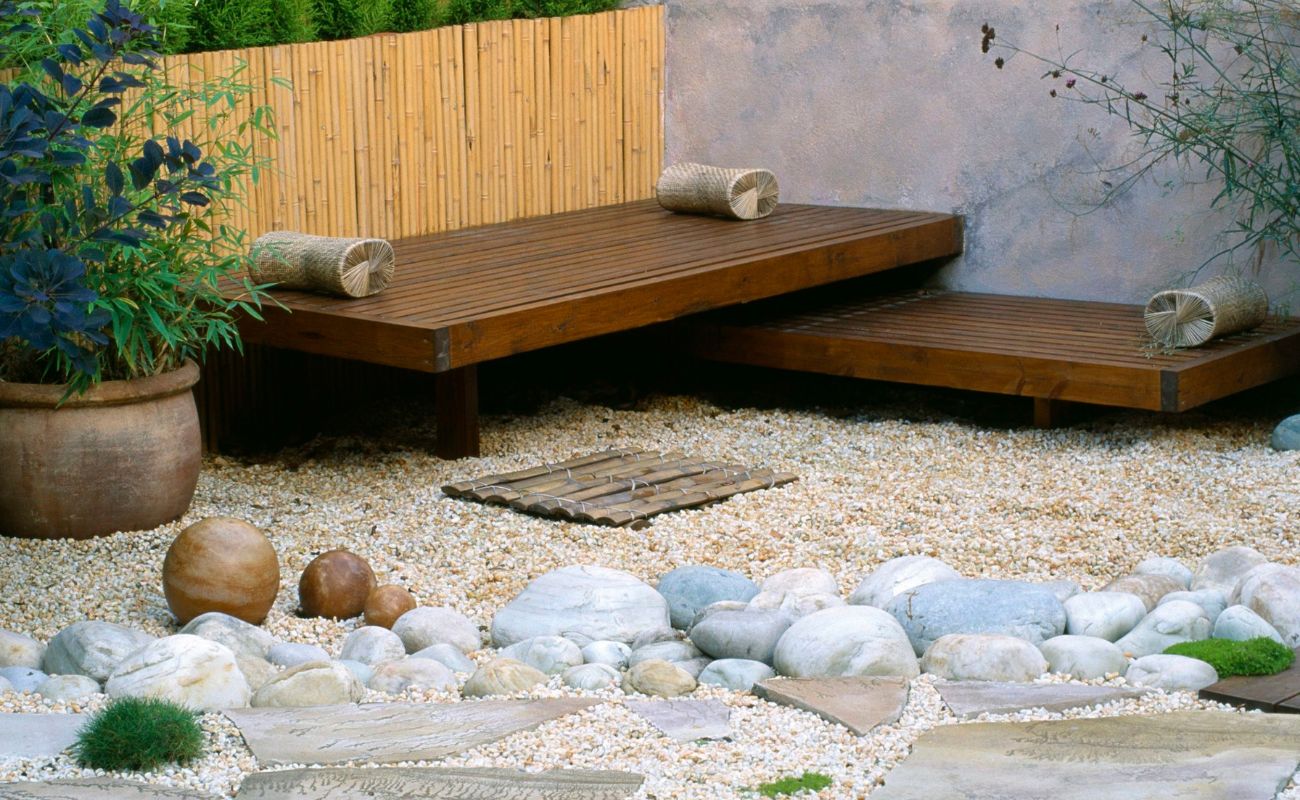
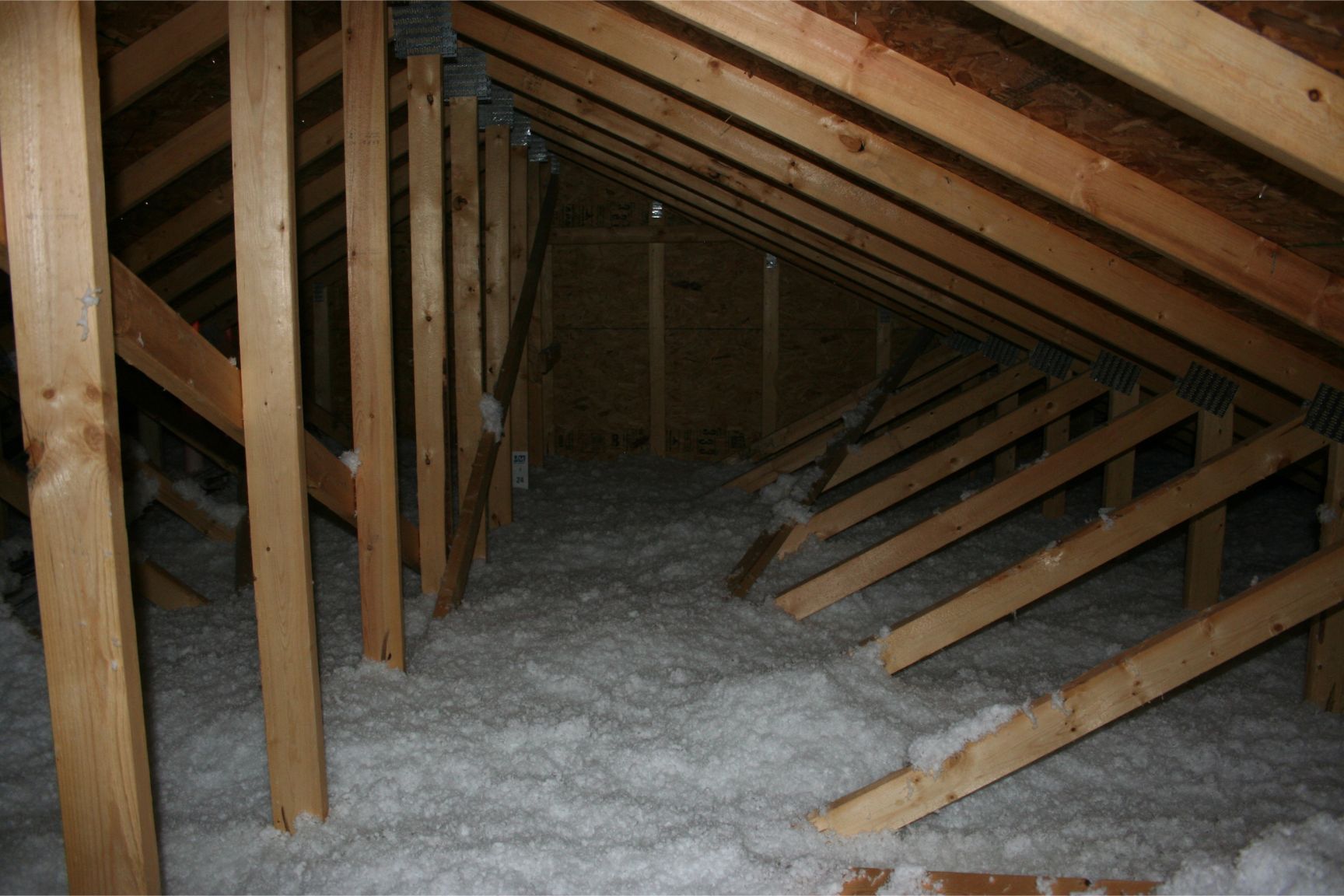

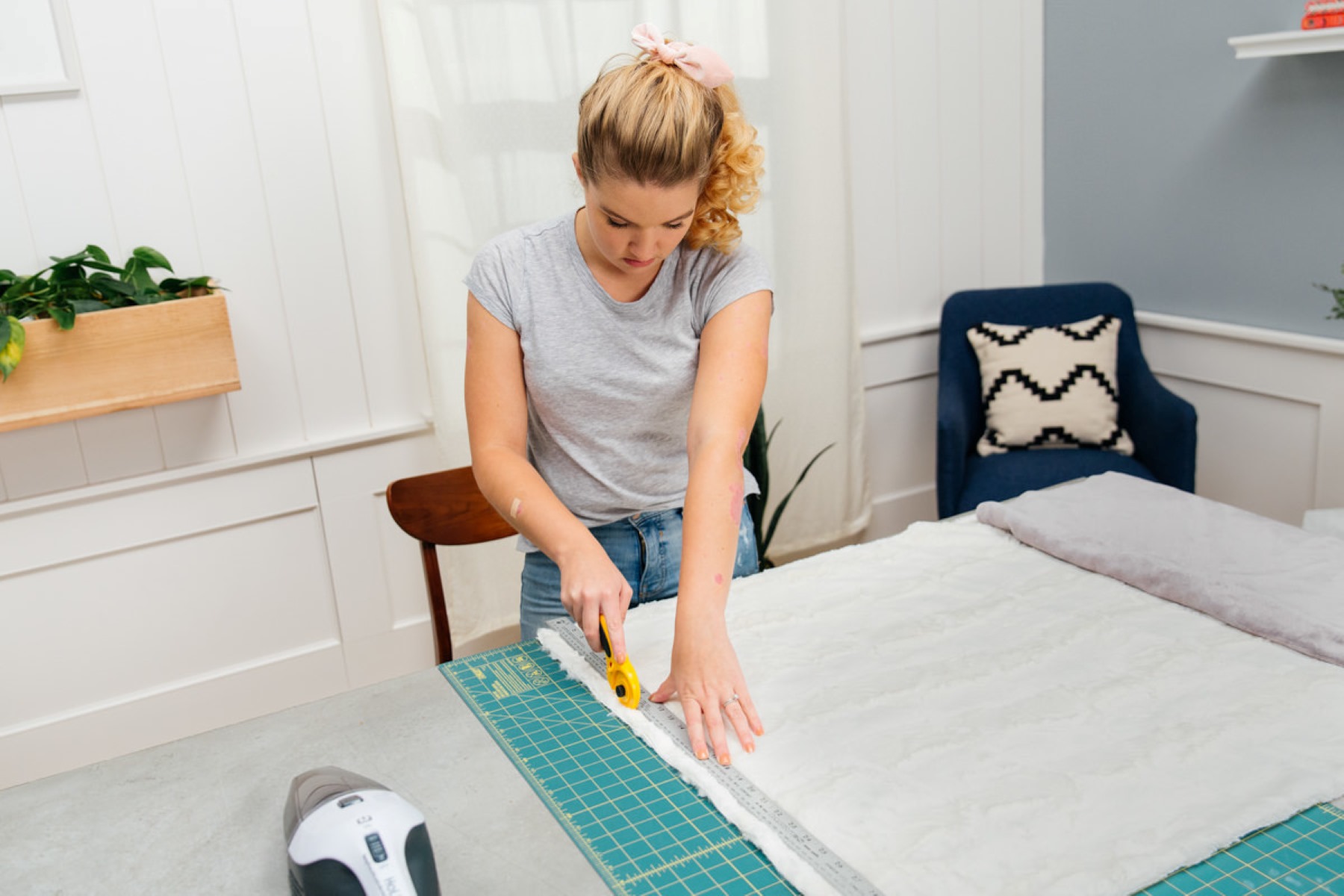
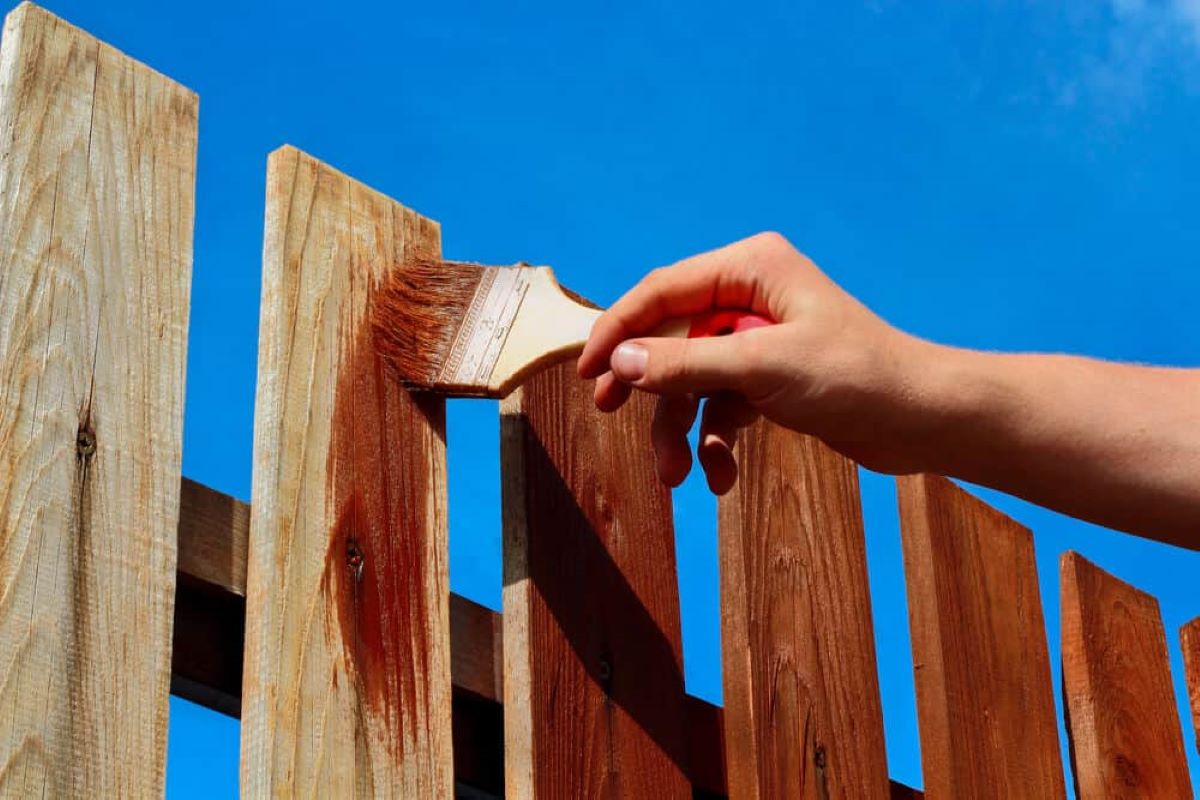
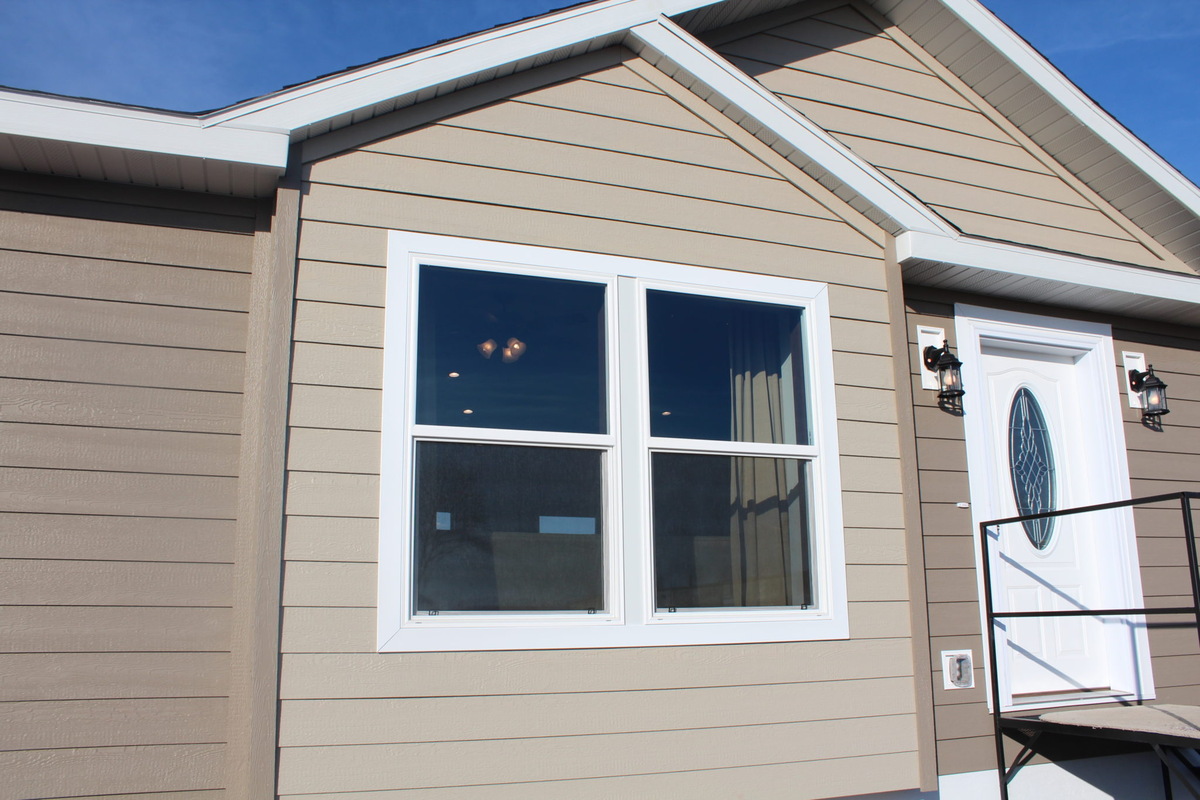
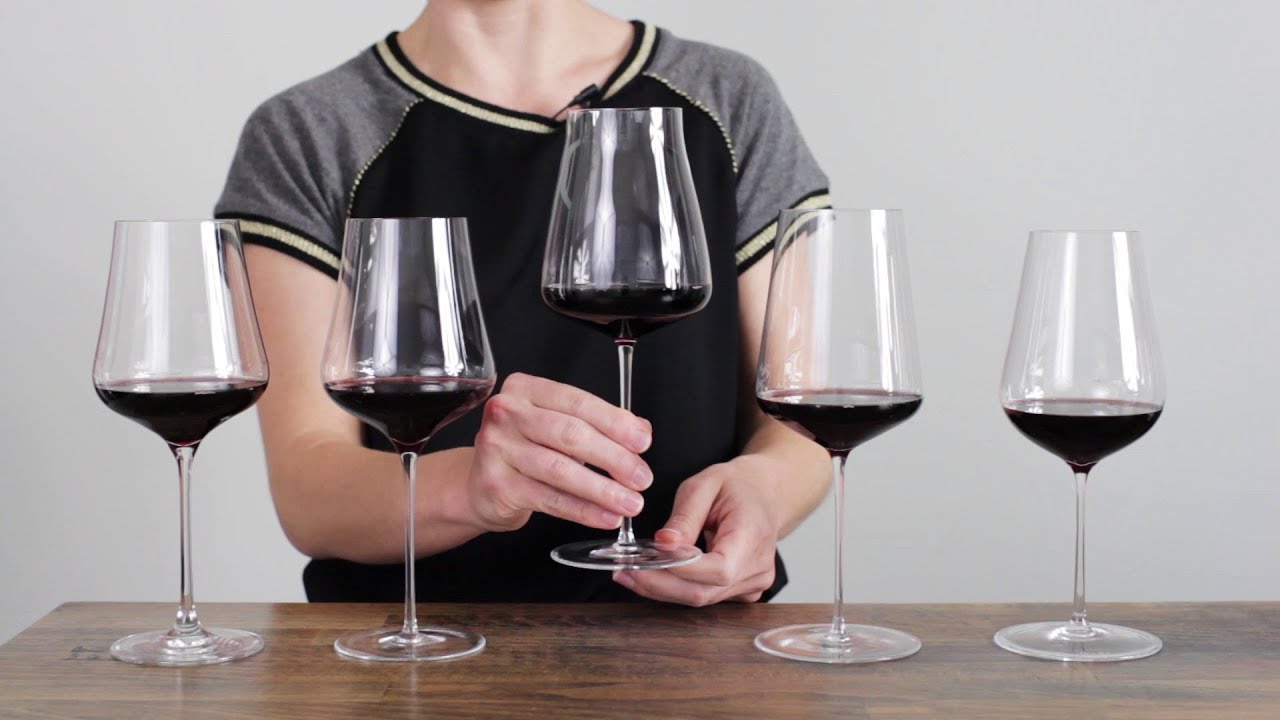
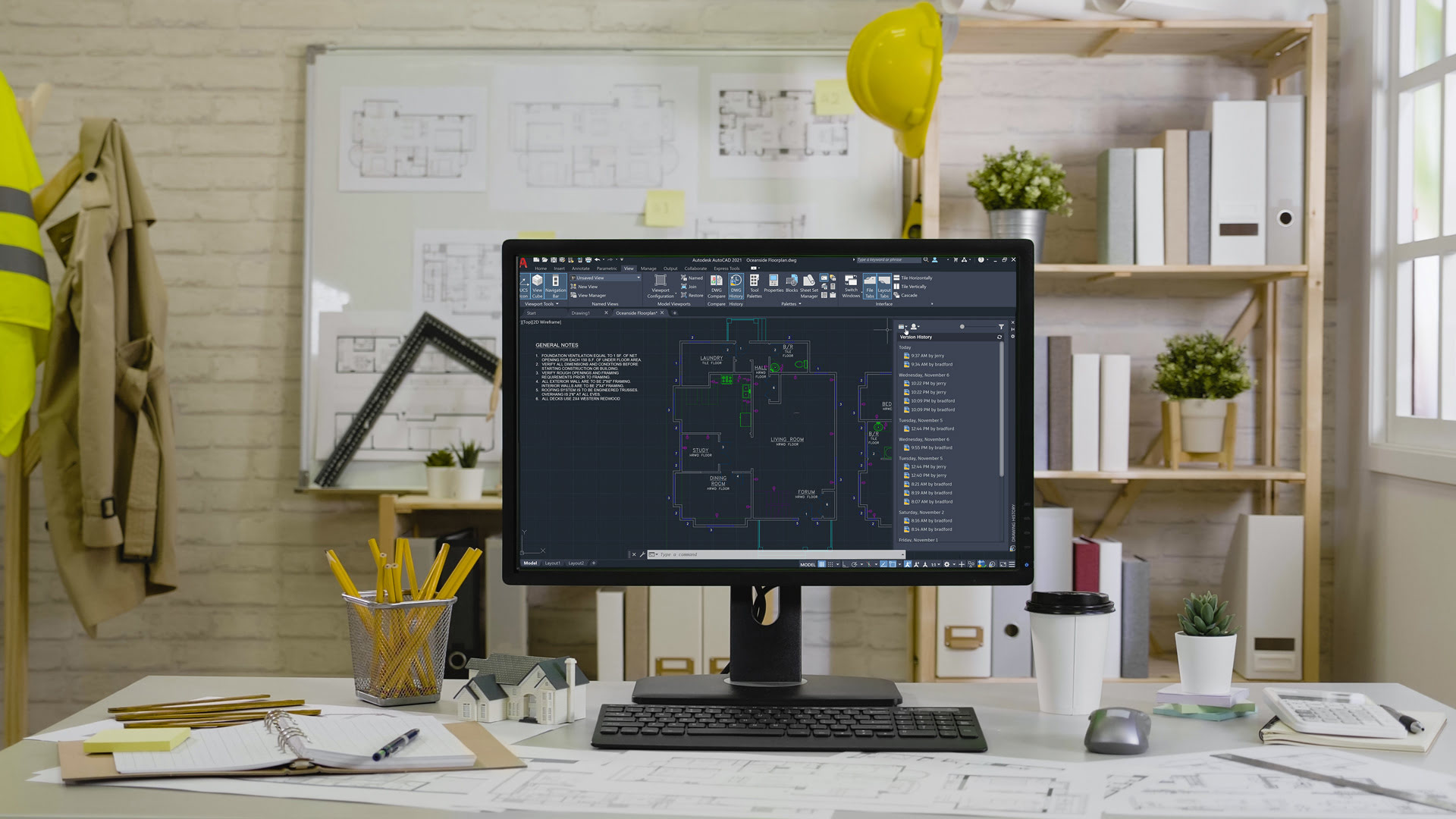
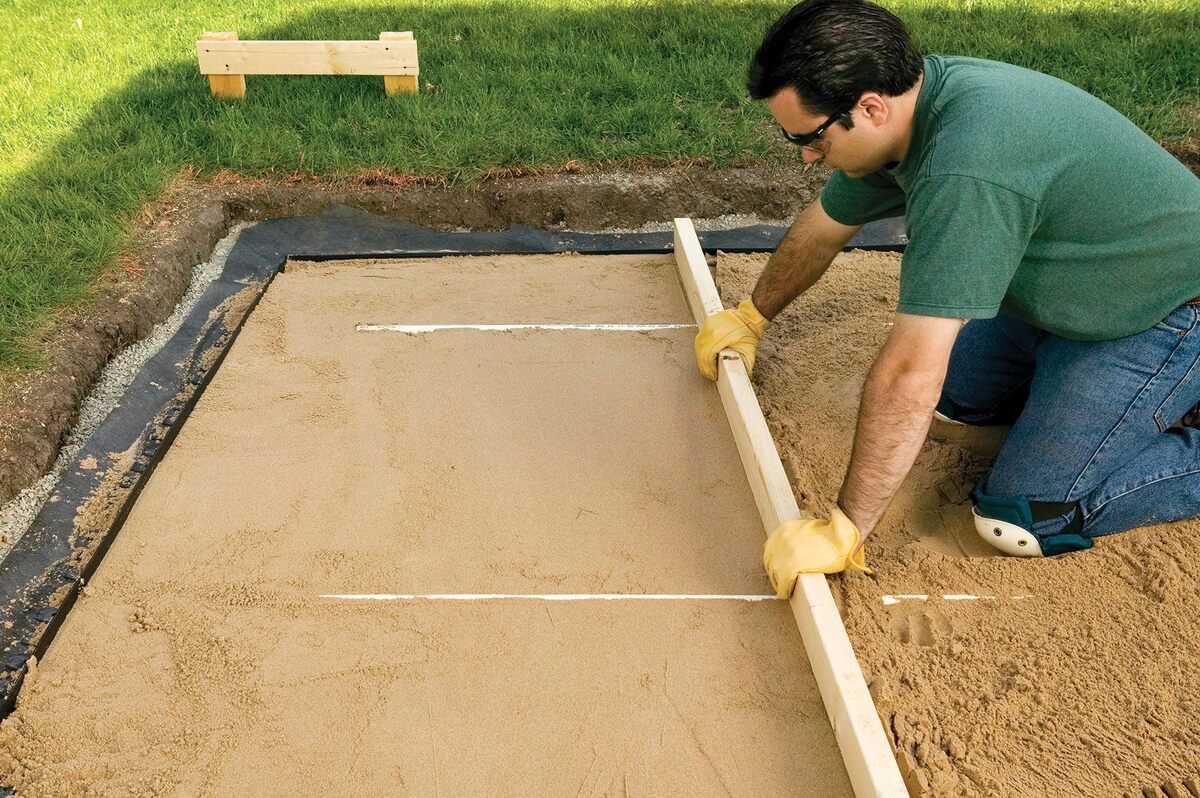
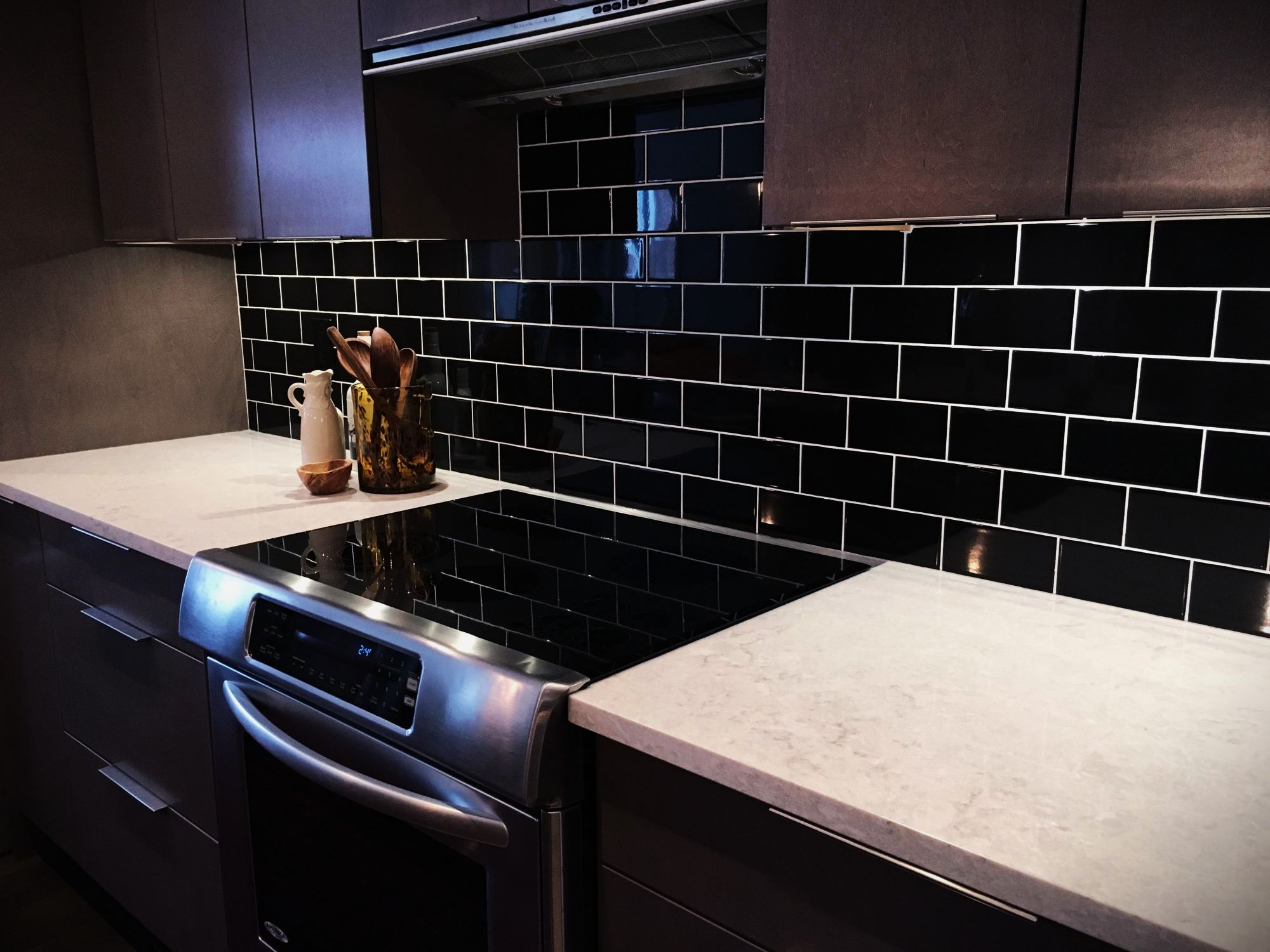
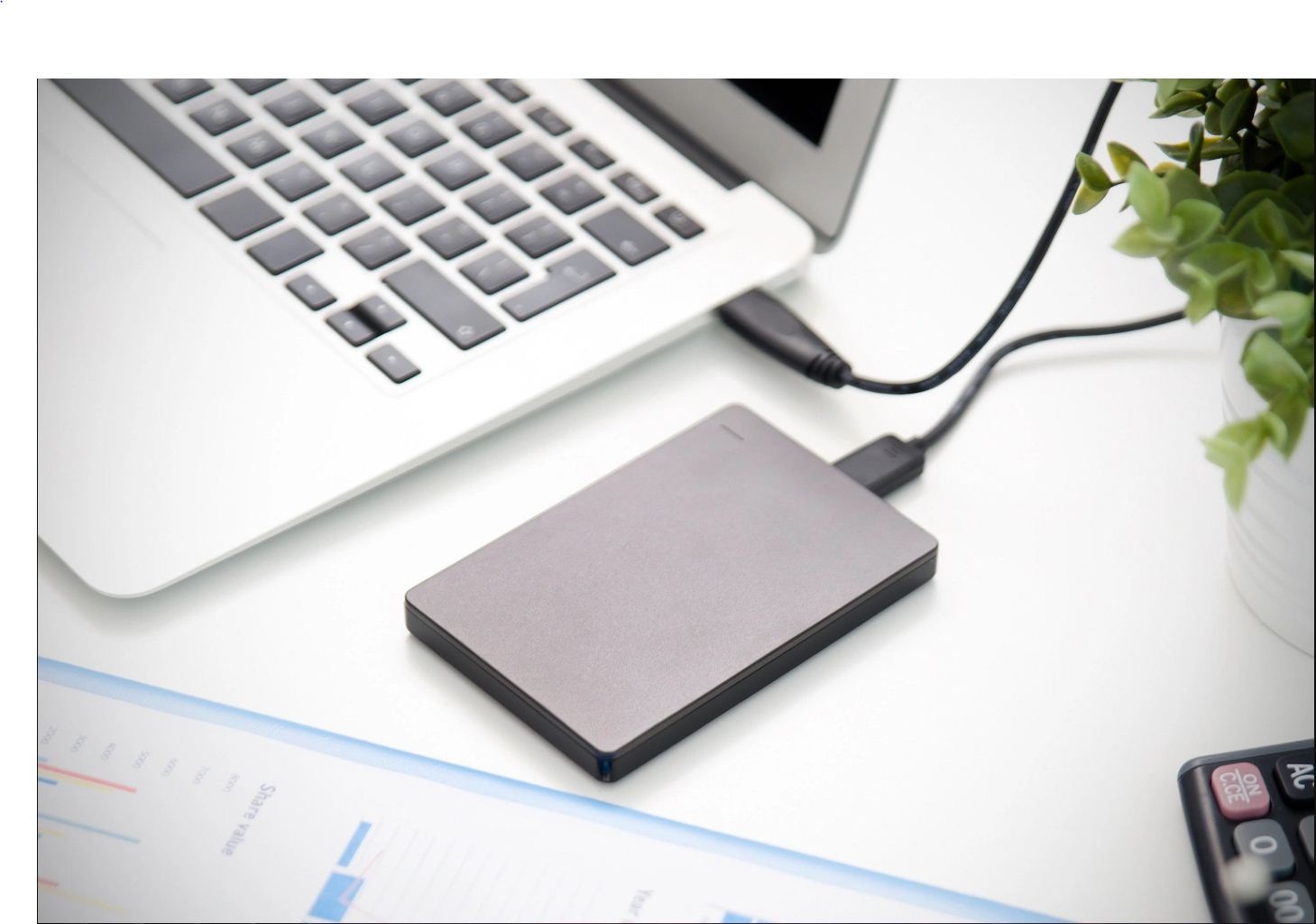
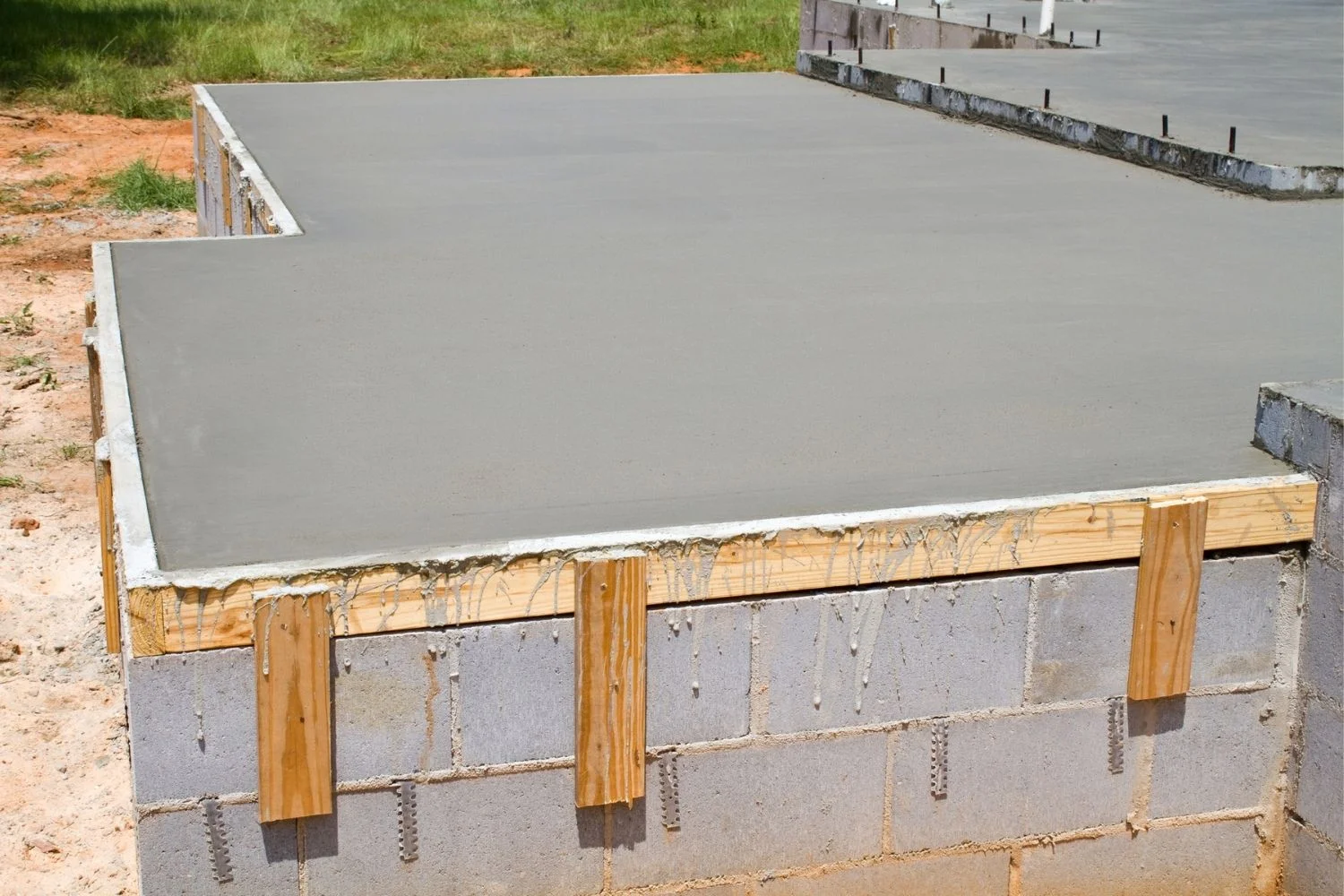
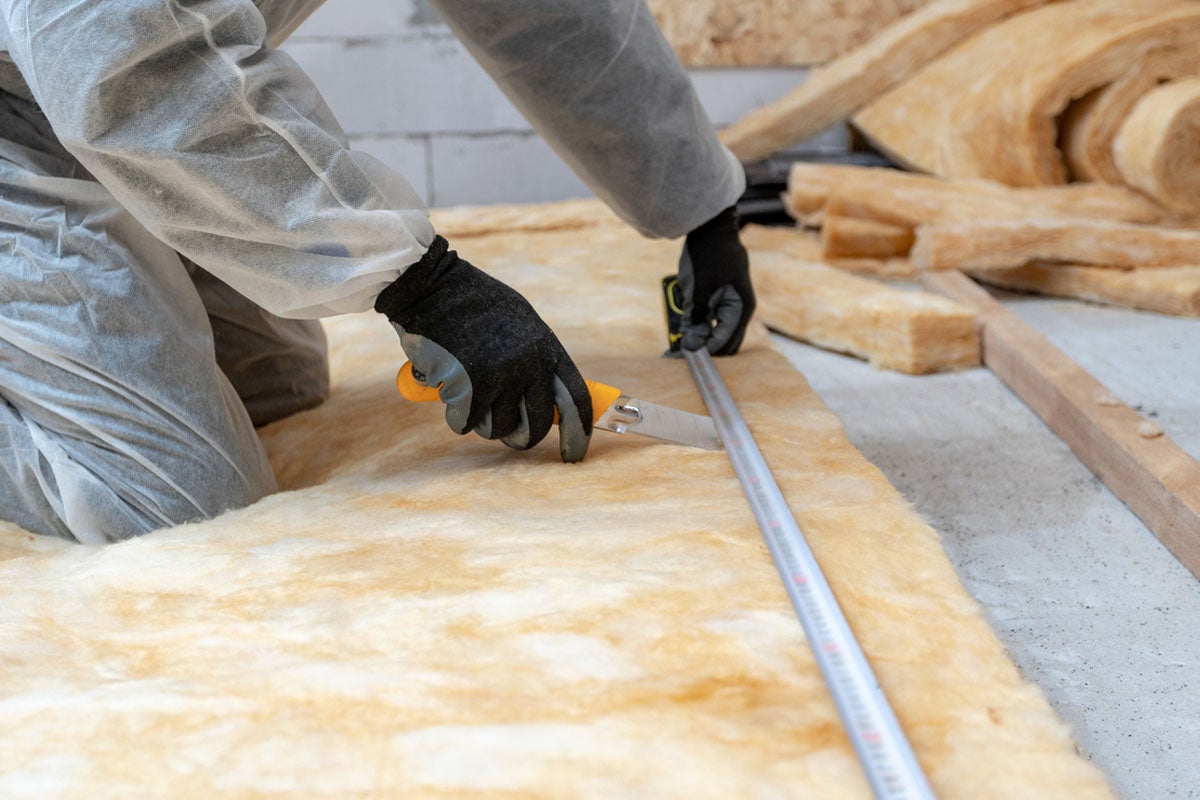
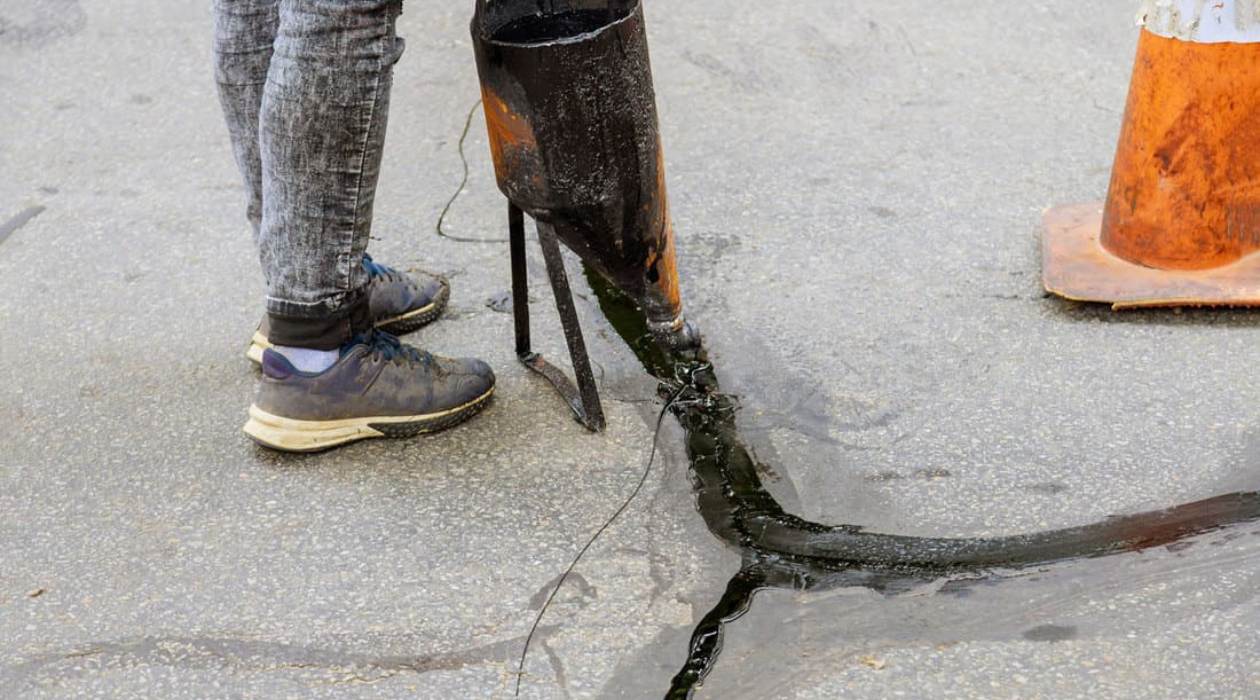


0 thoughts on “How Much Fire Glass Do I Need”